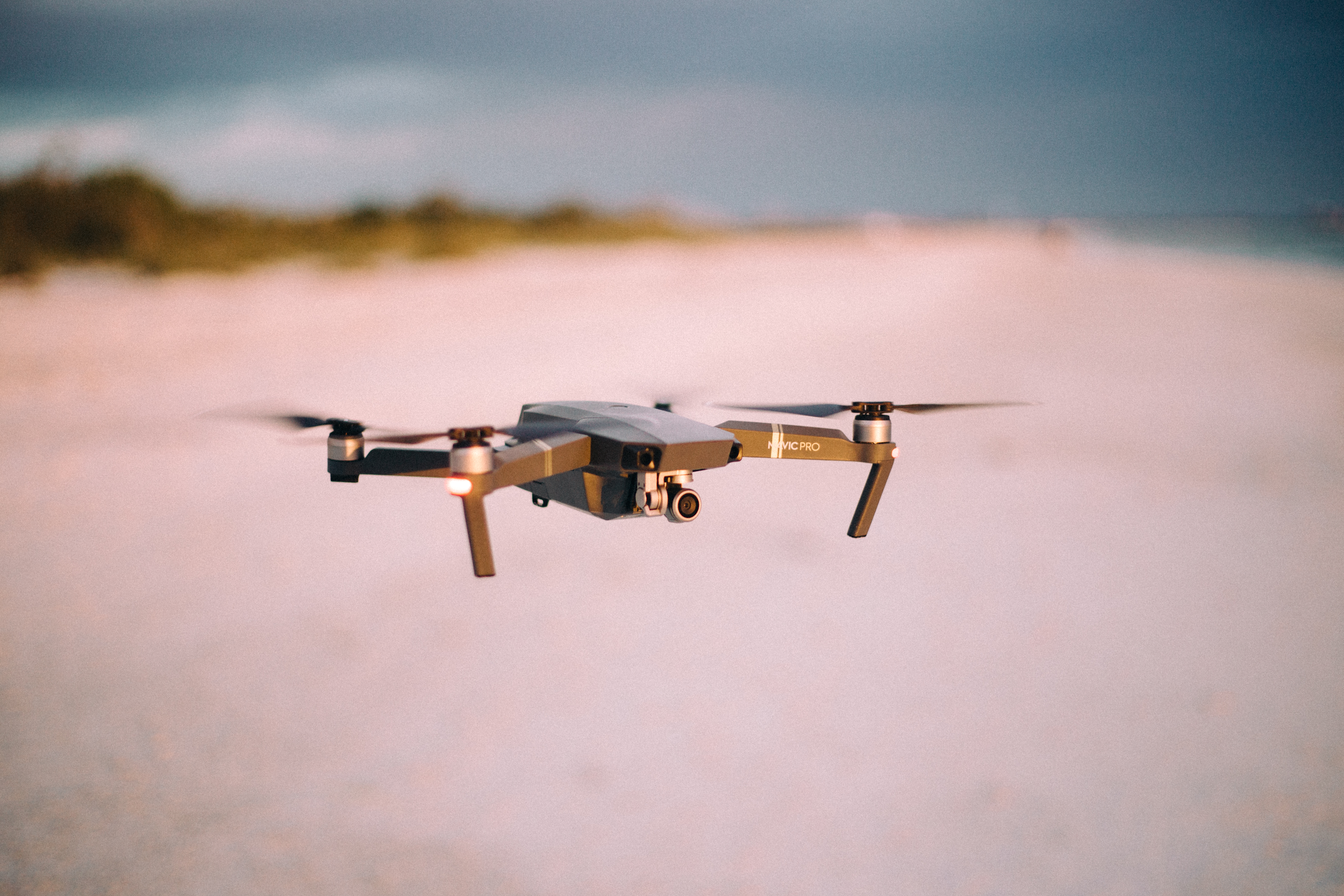As the commercial UAS operation marketplace becomes more mainstream, it is up to pilots who earn a living by flying and filming to come up with unique ways to serve potential clients. Real estate, mapping, weddings and infrastructure inspections are just some of the ways pilots can generate a repeatable business model.
With these applications becoming more commonplace among drone operators, it’s becoming harder to stand out from the crowd and offer something different.
With this in mind, here are five ways you can expand your array of services to fill a niche that perhaps may not have been tapped into in your given market.
Special Events
Many aerial cinematography businesses seek out weddings as potential gigs, but there are numerous other opportunities available for pilots when it comes to filming (and marketing) events. Half marathons, charity golf tournaments and amateur sporting events are just some of the unique ways you can film for profit.
Just remember, however, that you cannot fly over people unless you have been granted a waiver to do so from the FAA. The good news is that skilled pilots don’t need to do this in order to capture epic shots that showcase the event beautifully
Baby Showers
Speaking of special events, baby showers will always be big business. In many cases, a gender reveal party is mixed into the activities. This is a prime opportunity for a pilot to offer his or her services to deliver a special message via air for all partygoers to see as they are surprised by the once-secret gender of their child-to-be.
Wedding Proposals
Weddings will always be something worth documenting, but proposals are just as important in terms of capturing the moment in many couples’ minds. Moreover, what better way to deliver an engagement ring than from above? A use case such as this is where a good insurance policy that covers loss comes in handy.
Stock Footage
Often lost among the plethora of new potential use cases for drone pilots is the fact that many filmmakers are still looking for good stock footage. There are several sites that budding videographers can post their footage to, including our favorite, Videoblocks (go to videoblocks.com/drone for a nice discount on a subscription), which offers contributors competitive compensation for footage sold. Dronebase is another group that offers pilots the ability to sell footage via a partnership with Getty Images.
Training Others
They say, “Those who can’t do teach,” but if you can do, why not teach as well? It’s likely that with the price point of prosumer drones within reach of many, that aspiring entrepreneurs, amateur filmmakers and enthusiasts will be looking for one-on-one instruction. If you’re looking for credibility to attach to your name in order to better market and separate yourself from competition, becoming a Drone U Certified pilot can help you get there.
Finally, law enforcement agencies throughout the country are looking to embrace drone technology to advance their capabilities. Why not contact your local ones and see if a presentation on safety is in order? It may net you some business in the long run.
Michael Jones is an FAA-licensed commercial UAS operator and chief pilot of California Aerial Media based in San Diego, California. With 20-plus flight hours in single-engine manned aircraft and hundreds more logged in UAS, aviation is one of his true passions. In addition, he is an award-winning author whose work has been featured on sites such as Yahoo!, MapQuest, About.com and Vox Media among many other publications.






Add Your Comment